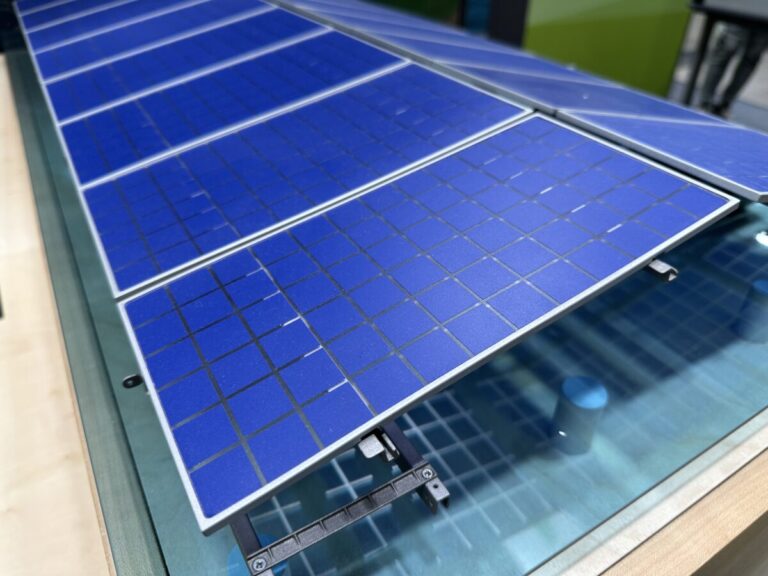Scientists in Tunisia have investigated the impact of PV panel tilt and water quality on green hydrogen production and have established that, with a PV panel with variable orientation, the hydrogen generator could achieve efficiency from 32% to 62% using demineralized water And 45% to 65% with distilled water.
Scientists from the Gabes University of Tunisia have designed a PV production system for Green Hydrogen (H2) from PV and tested the impact of water quality and PV panel orientation at H2 production levels. Their findings suggest that the PV orientation is the most critical parameter, although the water quality also plays an important role.
“Scientific literature clearly shows that factors such as PV panel design, the materials used for electrolyzer electrodes and the type of electrolyte significantly influence the efficiency of green hydrogen production systems,” the team explained. “Nevertheless, limited attention has been paid to investigating how water quality influences the production speed of green hydrogen.”
The experimental installation of the academics used a polycrystalline solar panel with a capacity of 265 W and an efficiency of 16%. The maximum power and the voltage that the electrolyzer needed were 85 W and 9.3 V, so a voltage regulator was used. The hydrogen generator generated the gas with a proton exchange membrane (PEM) cell.
The impact was tested in four summer days in 2023 in the city of Gabès, located on the coast of Tunisia. To test the effects of the PV orientation, the team compared two setups. In one, the angle was based on the optimal positioning of the solar panel for Gabès, 34wer. The second configuration contained a manually adjustable PV panel that can follow the sun to maximize solar radiation.
Both configurations were tested with the help of demineralized and distilled water. The demineralized water had an ion content of 0-1 parts per million (ppm) and mineral salts in a quantity of smaller than 10 mg/l. The distilled water, on the other hand, has 1 ppm ions and almost 0 mg/l mineral salts.
“A variable orientation of the PV panel gave an increase in hydrogen production from distilled water, with> 45%, compared to fixed PV panel,” the researchers emphasized. “Moreover, water quality plays an important role in green hydrogen production. Distillated water improved the hydrogen production speed by more than 10% in the case of variable PV panel configuration compared to demineralized water. “
They also discovered that, with a PV panel with variable orientation, the hydrogen generator has an efficiency of 32% to 62% using demineralized water and 45% to 65% with distilled water. With the help of the fixed PV panel, the efficiency varies from 8% to around 55% with demineralized water and almost 9% to 61% with distilled water.
“It is worth noting that distilled water, which contains fewer remaining contaminants, gives better hydrogen production compared to demineralized water. However, the impact of the environment is worse because the distillation process can be energy-intensive, which influences the production costs in large-scale and long-term application, ”the academics emphasized.
The system was presented in “Experimental assessment of the effects of water quality and PV panel orientation on the production of green hydrogenPublished in the International Journal of Thermofluids.
This content is protected by copyright and may not be reused. If you want to work with us and reuse part of our content, please contact: editors@pv-magazine.com.


